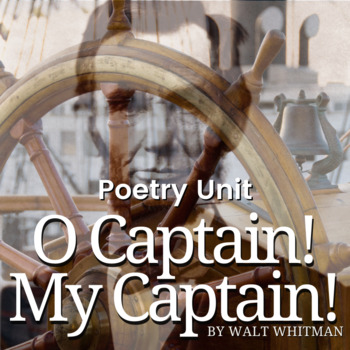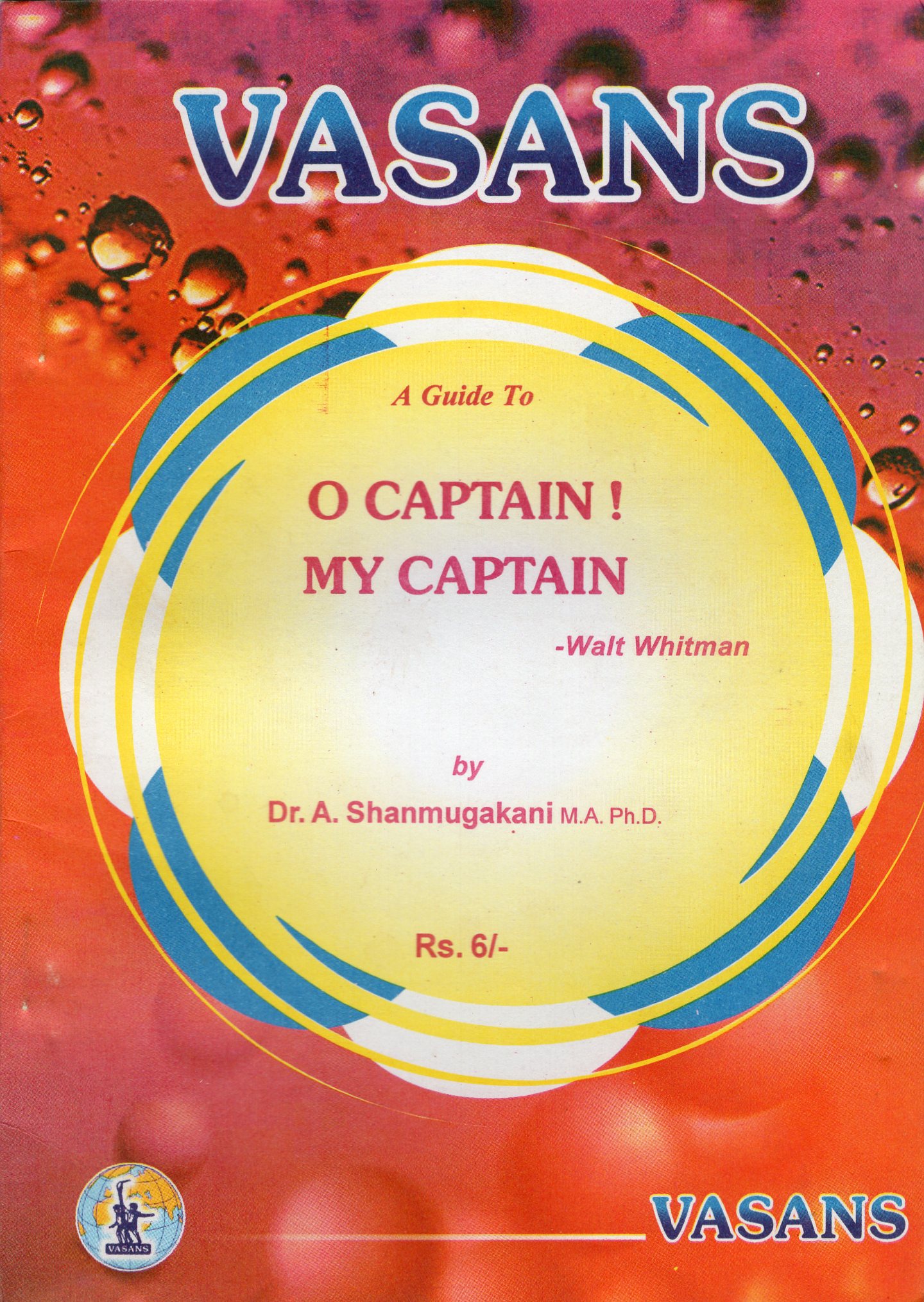
They make no such accommodations to young audiences in this disturbing book. The Winters foretold the destructive powers of the atomic bomb allusively in The Secret Project (2017), leaving the actuality to the backmatter. Despite a cleanup, crude oil is still there. In 1977, the oil carrier Exxon Valdez spilled 11 million gallons of oil into a formerly pristine Alaskan ocean inlet, killing millions of birds, animals, and fish. Nelson (a member of the Leech Lake Band of Minnesota Chippewa) contributes soft line-and-color illustrations of the proceedings.

Key words ranging from estuary to discover are printed in boldface in the narrative and defined in a closing glossary. Refreshingly, the lens Newell offers is a Native one, describing how the Wampanoag and other Native peoples received the English rather than the other way around. Short, two- to six-page chapters alternate between the story of the English settlers and exploring the complex political makeup of the region and the culture, agriculture, and technology of the Wampanoag-all before covering the evolution of the holiday. In addition to the voyage and landfall of the Mayflower, readers learn about the Doctrine of Discovery that arrogated the lands of non-Christian peoples to European settlers earlier encounters between the Indigenous peoples of the region and Europeans and the Great Dying of 1616-1619, which emptied the village of Patuxet by 1620. holiday of Thanksgiving and its origins and the history of English colonization in the territory now known as New England. Overall, the book is bold and aspirational, but its admirers will likely be educators instead of children.Ī worthy supporting player in a curriculum but not the star of the show.Ī measured corrective to pervasive myths about what is often referred to as the “first Thanksgiving.”Ĭontextualizing them within a Native perspective, Newell (Passamaquoddy) touches on the all-too-familiar elements of the U.S. The added use of Whitman’s poetry throughout the text lends eloquence, and the backmatter (biographies, timeline, selected poems, endnotes, index) is weighty. The illustrations capture a hyper-realistic Lincoln, imagining him larger than life. Hundley’s illustrations mirror the tone of the book impeccably, with the harsh blacks, dusty sepia, and brownish reds capturing the weight and cruelty of war.

As Burleigh explains in his author’s note, these moments are pulled from Whitman’s own writings and are considered valid by historians, but they are given extra emotional weight in this writing. While imagining Whitman’s time in Washington, author Burleigh supposes several moments in which the lives of the men intersect. The book details Whitman’s roles as a caregiver and engaged city resident but always through the context of his appreciation for the president. Whitman was so affected by the strife in his politically divided country that he relocated from his home in New York to Washington to serve as a nurse to young, injured Union soldiers. This is an ambitious, beautiful, bleak, and imperfect piece of historical fiction. Burleigh and Hundley focus on the role that the Civil War-and specifically President Abraham Lincoln-played in the life of American poet Walt Whitman.


 0 kommentar(er)
0 kommentar(er)
